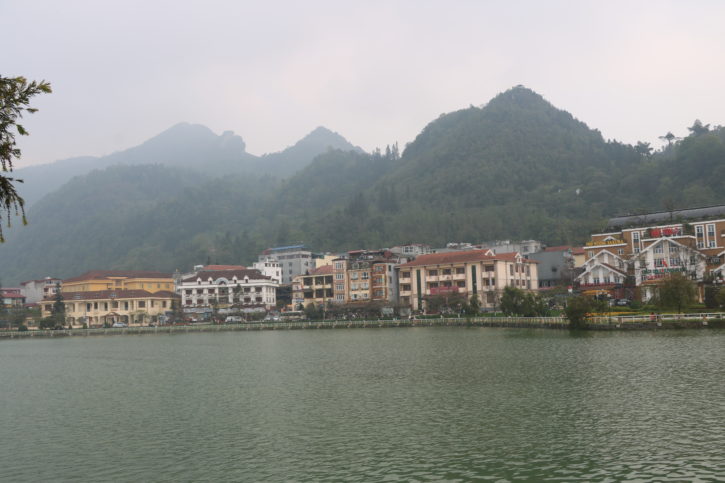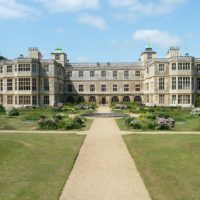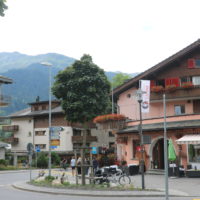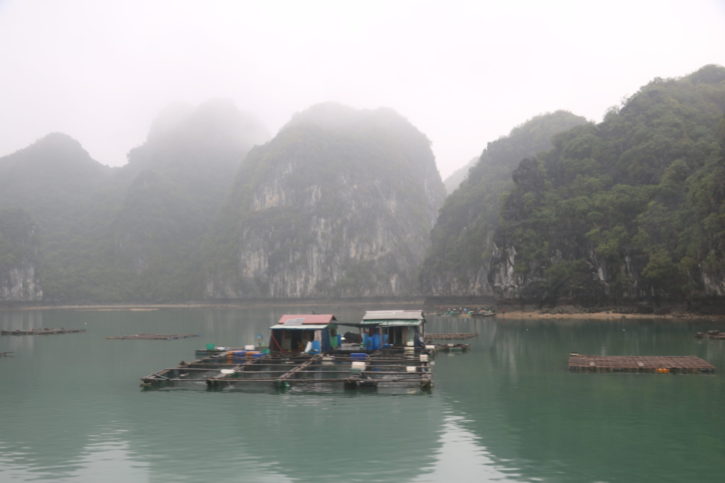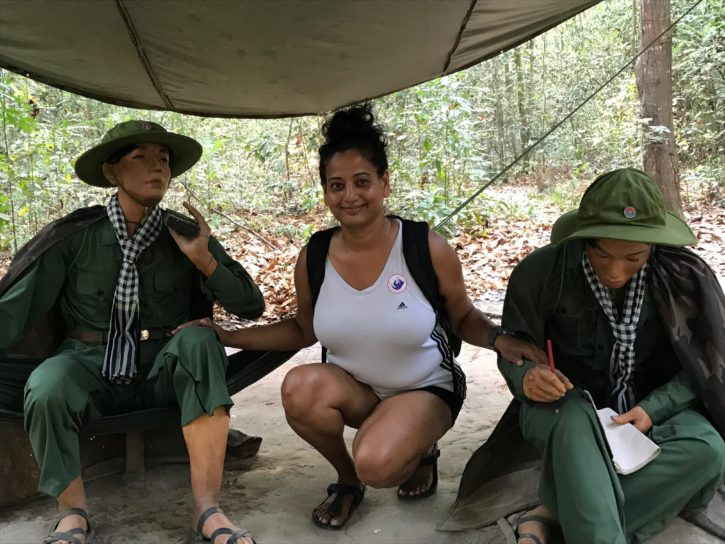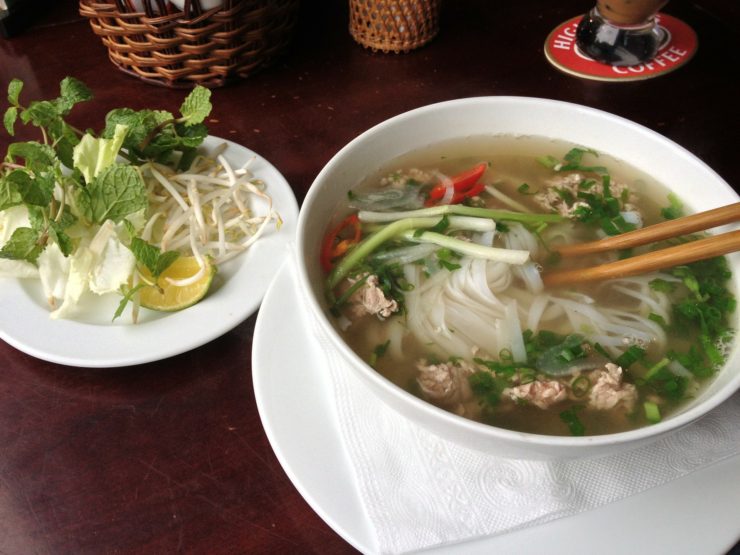Sapa remains in memory for many things – as a beautiful mountain retreat. A place of real calm. A place of adventure. Beauty. And great food. A place best for the soul – although I could simply sum it all up in a short sentence – a feeling of being on top of Indo-China.
Nestling in the mountains in Vietnam’s North Western Province of Lao Cai is a trekker’s Disneyland called Sapa. Considering its remote location, it is easy to mistake it for being off limit, but truth is that Sapa, relatively unknown about two decades ago, suffers from over tourism today – in a good way, according to the locals for whom tourists mean an alternative income stream and a chance to tell their stories to the world.

For an outdoor person like me, it was paradise -but if we differ in our choice of activities, take heart – there is plenty to see and do without breaking sweat. Like waterfalls to explore, easy hikes to rice terraces, glorious vistas, mind-boggling landscapes, chance to meet the ethnic minorities, eat farm fresh food, soak in herbal baths, shopping and a fifteen-minute cable car ride to the top of IndoChina that beats every other activity.
Get acquainted with the town
Sapa, true to its fairytale-like existence, is set around a small lake. A small museum, pretty coffee shops, a modest Notre Dame Cathedral (built in 1895), hotels, restaurants and supermarkets thrive around this water body. Such is the importance of this lake that if you set your internal navigation marker to lake to you are unlikely to get lost.
A stroll along the promenade will bring you face to face with H’mong or Dao women trying to sell you a trinket or souvenir. They do not understand NO, although you’d be surprised how well they speak English!
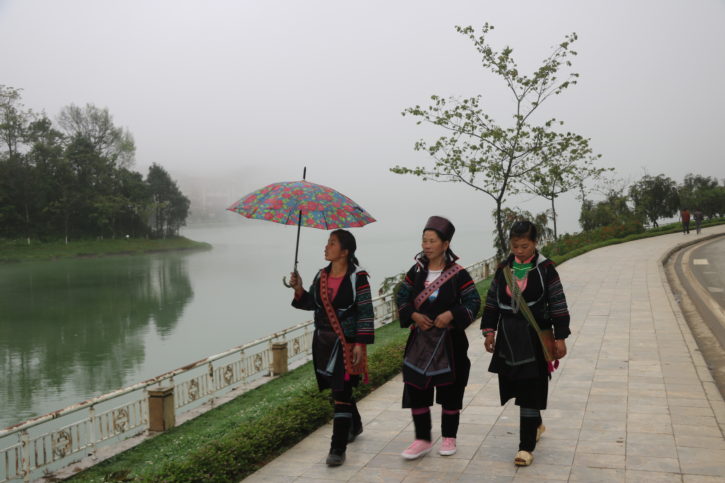
Just remember not to conduct any business with children because this keeps them from school and local authorities are strict about this law. There are boards put up to that effect everywhere.
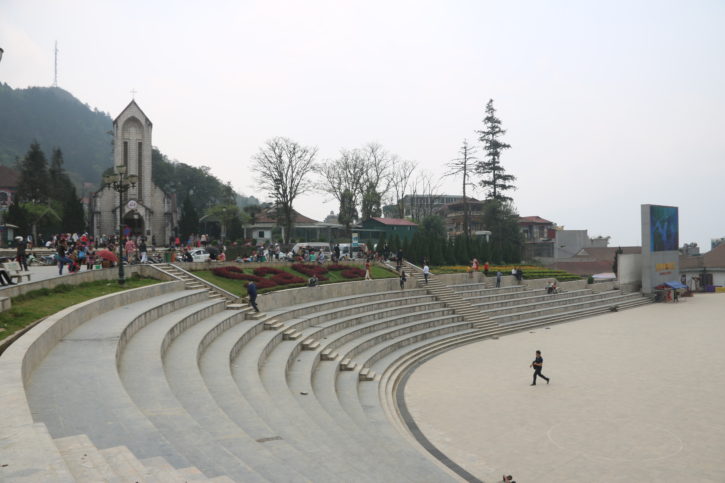
I was also lucky to witness Sapa’s rapidly changing weather – one morning it was cold and misty and the next, warm and sunny. Not to mention sudden rain showers that forced me to stay indoors. I can’t say what I liked most, but right through the week, the weather played havoc.
Come prepared for Sapa’s unpredictable weather.
Sapa’s ethnic minorities
Sapa, the gem of Hoang Lien Son mountain range is home to five ethnic minorities group including the more popular black H’mong natives (or Miao, meaning cat in Chinese) and Red Dao (or Yao, meaning jackal) followed by Tay, Giay and Phu La. You can easily tell them from the colour of their head gear and of course, their occupation. The H’Mong are hunter-gatherers and Dao are agriculturists and more artistic and through the course of your hike though villages, this difference becomes pretty obvious. Originally from China, these minority groups settled around these parts in the 18th century and continue to uphold their originality and remain unaffected by Western society.
A day spent in their company is like opening a window into the past.
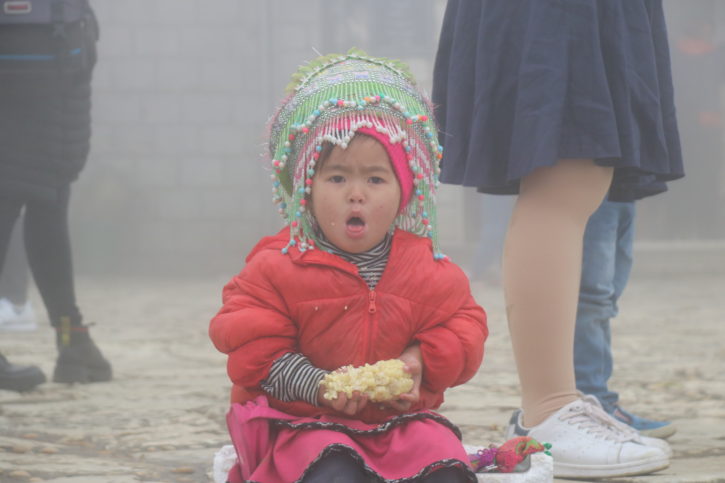
Trek with the natives
Strictly speaking, there is no need to look for the “perfect trail” – because any trail you follow will lead you into the mountains with villages along the way and rice terraces hugging the mountain sides – but there are some treks that give you the chance to glimpse the reality of native life. Don’t be surprised if your small trek group swells into the size of a village – it is quite common for people to tag along while holding a conversation, or texting or singing their way across slushy tracks or rocks in flip flops or rain shoes, throwing pieces of information at you while you admire the awe-inspiring beauty around. It is all part of the experience.
Trekking and hiking are two most important activities in Sapa – but if you intend to go on your own, make sure you carry a map. Guided treks are a huge hit because it guarantees a richer experience and inside knowledge comes handy if you are looking for a local home to spend the night or want to understand local textiles or tribal music and most importantly, find your way back in time. I say this from experience.
Top hikes around Sapa
- Cat Cat Village
Nestling at the bottom of Muong Hoa Valley, Cat Cat Village, formed in the 19th century by groups of H’mongs and Dao families, who descended from the nearby mountains and established their homes here. They took to crop cultivation and fabric making. The village flourished and a community was formed. Hiking to this village is a sure (and relatively easy) was of understanding their lives and tradition. While it may seem like a touristy thing to do, this trek is by far the most popular and exciting.
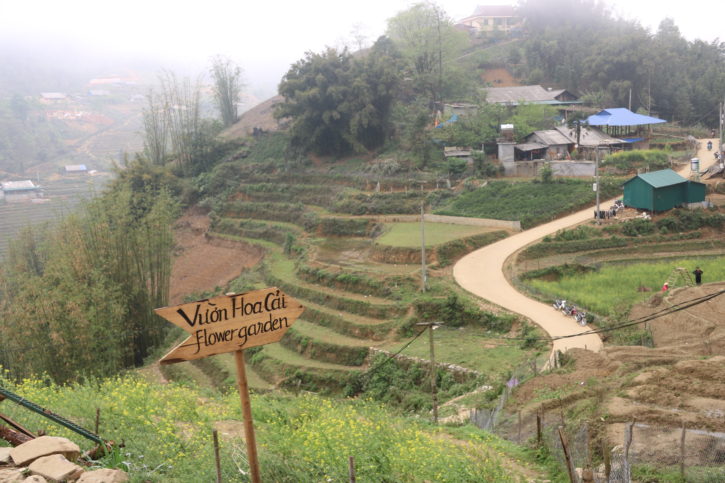
A short walk downhill past the cathedral brings you to the path leading into Cat Cat Village. The road is paved and signposted so getting lost is impossible. If you aren’t up to walking back (the path is rather steep in places), you can easily get a bike-taxi to bring you back. The village is lined with shops selling traditional costumes and handicrafts. A small fee must be paid to enter the village, but it is definitely worth it.
I particularly enjoyed looking at the traditional H’mong houses – typically with three rooms and three doors and tradition demands that the front door remain locked all year – with the exception of a wedding, funeral or Lunar New Year. Cat Cat is famed for its indigo dyeing technique and crafted gold and silver jewelry.
- Ta Phin Village and cave
Trekking to the village of Ta Phin will bring you in touch with a different side of the local lives – like a chance to learn about the local herbal remedy (for everything) and herbal bath facing the mountains. If you intend to go into the cave, bring a flashlight. There are several dead ends in the cave, so exercise caution.
Sapa’s crowning glory
Mt Fansipan at 3143m is the highest point in Indochina and only 19 kms from Sapa town in the Hoang Lien National Park. There are two ways to get to the top: Cable car or foot.
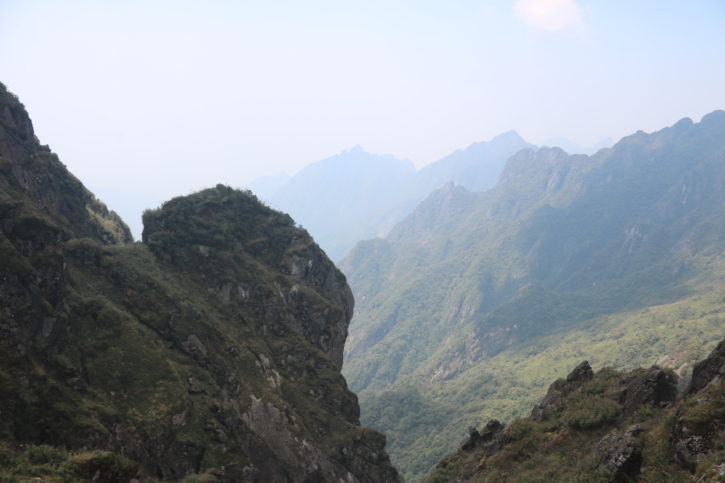
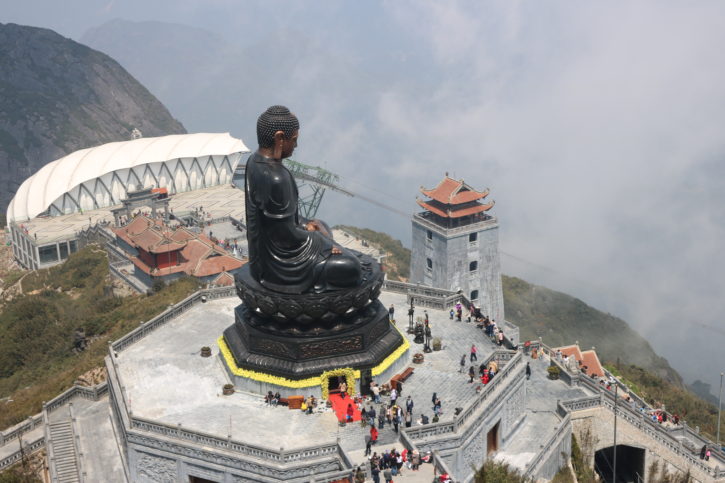 Given the unpredictable weather I opted for the cable car, but the experience was rewarding – the only flipside to this was missing the sunrise and sunset because the cable car only operates between 7.30am – 5.30pm. This cable car is only a recent entrant but has ensured a rush of tourists and left the trekking trails bereft of activities. As I swung upwards, I watched the endless rice terraces giving way to dense forests before the top of giant Buddha statue pushed through the foliage.
Given the unpredictable weather I opted for the cable car, but the experience was rewarding – the only flipside to this was missing the sunrise and sunset because the cable car only operates between 7.30am – 5.30pm. This cable car is only a recent entrant but has ensured a rush of tourists and left the trekking trails bereft of activities. As I swung upwards, I watched the endless rice terraces giving way to dense forests before the top of giant Buddha statue pushed through the foliage.
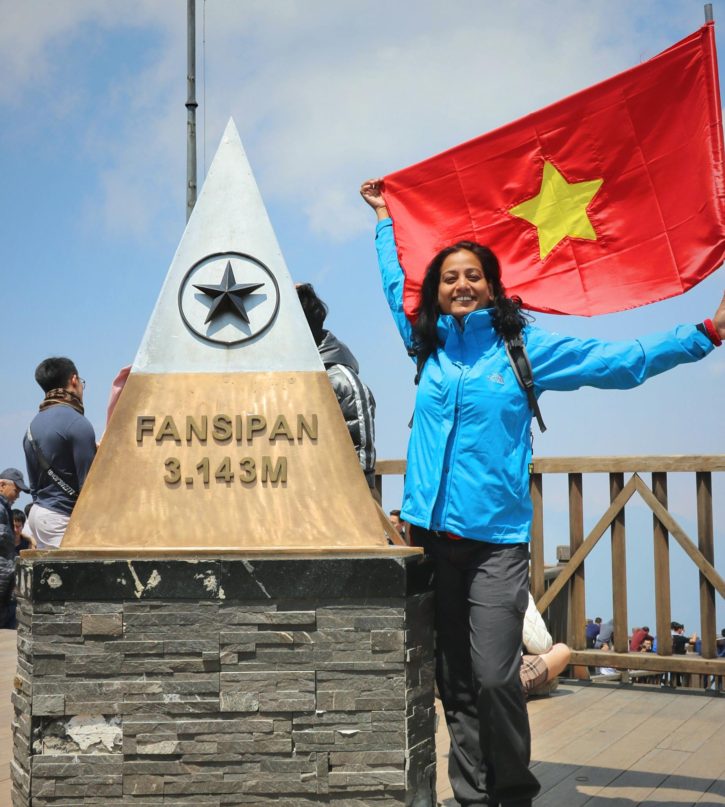
Just to throw in a dampener – even if you took a cable car, there is some bit of grueling climbing to the very top. There is no avoiding that. The weather is rather chilly here, so come prepared. On your way down (or going up), you’ll arrive at the tall, celestial Buddha statue perched on the mountainside via a path lined with eighteen interesting bronze statues. Despite the cold, wind and tourists, I enjoyed the beautiful Azalea trees, cool stone paths and fresh air. And of course, some photo-ops at the very top!
Nothing compares to the 360-degree vistas, mountain peaks pushing through clouds and cool winds that easily transport you into another world. On a clear day, you might even be able to see the point where the earth meets the sky!
Tip: Afternoons tend to get hazy, so plan your visit accordingly.
The alternative to a 15- minute cable car ride is two-days of trekking, which, I had been warned, was not an easy one, thanks to the rough terrain and unpredictable weather which present difficulties even to the most experienced trekkers. The peak is accessible all year round and doesn’t require technical climbing skills, but endurance is a must. The park covers a picturesque mountain landscape and several forests and serves as the habitat for a number of animals, including a few endangered species.
Shopping in Sapa
Let’s face it. There are no shopping malls in Sapa, but there are markets where locals buy (and sell) a whole range of goods, and assuredly everything is fresh. The biggest wet market in town is Sapa Market located right next to the bus station and is open from 6am. Medicinal herbs, dried meats (buffalo and horse) or dried mushrooms make for interesting buys, along with mountain fresh vegetables and meat.
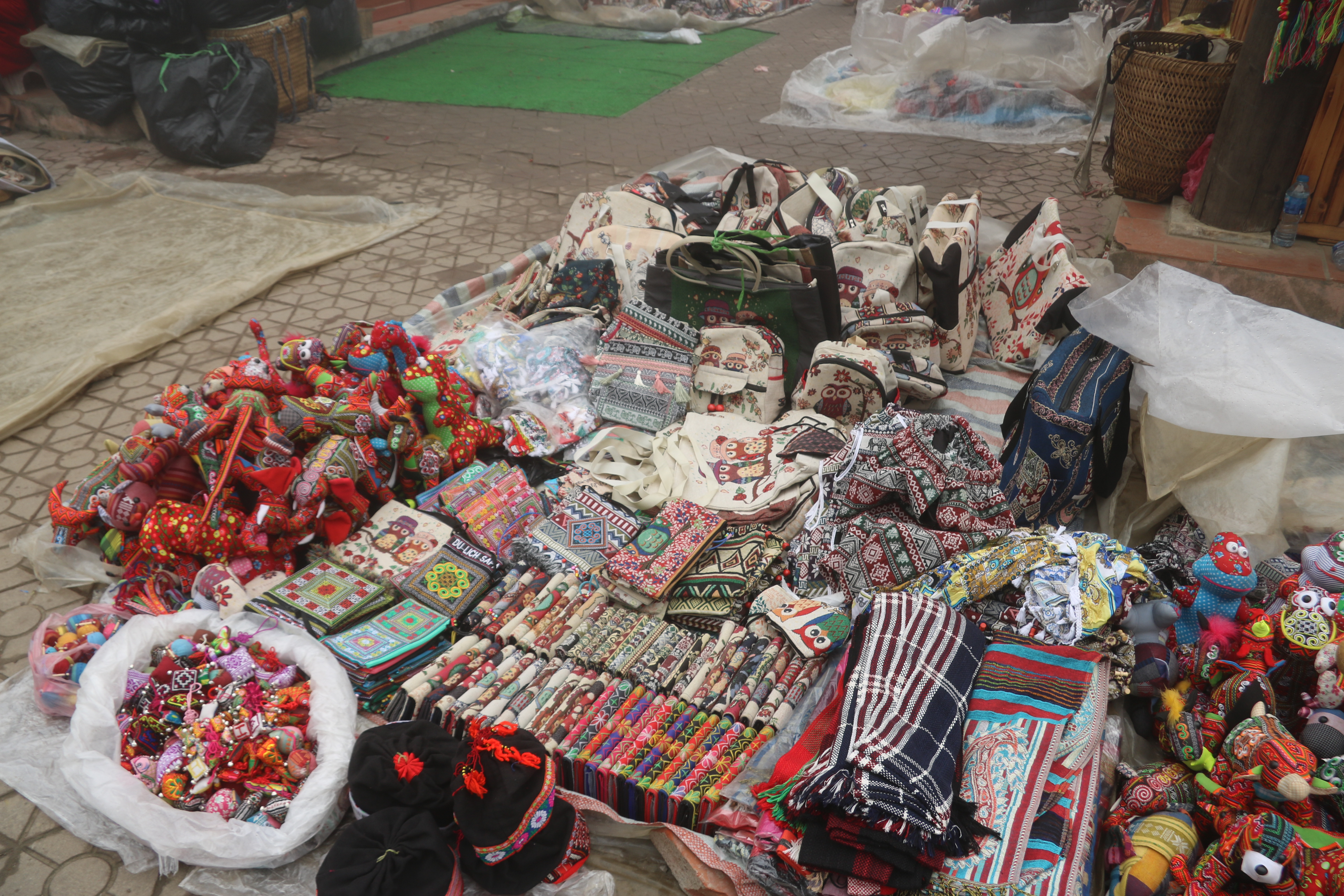
Near the wet market I discovered a huge covered market selling interesting handicrafts, brocade, silver, clothes, knives and souvenirs. Fortunately I had been warned about the “fake tribal goods” that often carry a Made in China tag. If you do buy a knife, make sure to check it in.
Bargain is acceptable but keep in mind that the women drive a hard bargain, so keep your cool. In the evenings, the area transforms into a food market with many “live” cooking options to choose from!
On the side of town, evenings come alive with ethnic women turning the street in front of the Cathedral into a makeshift market that goes all the way down the road leading into Cat Cat Village. Stroll down this road and shop to your hearts content.
HistoryThe French arrived in Tonkin in the 19th century and literally put Sapa “on the map”. Their arrival reinstated its position on the map. Sapa eventually became a key location for the French military and missionaries. But it was only in 1993 that this mountain town became accessible to tourists and today enjoys worldwide attention. |
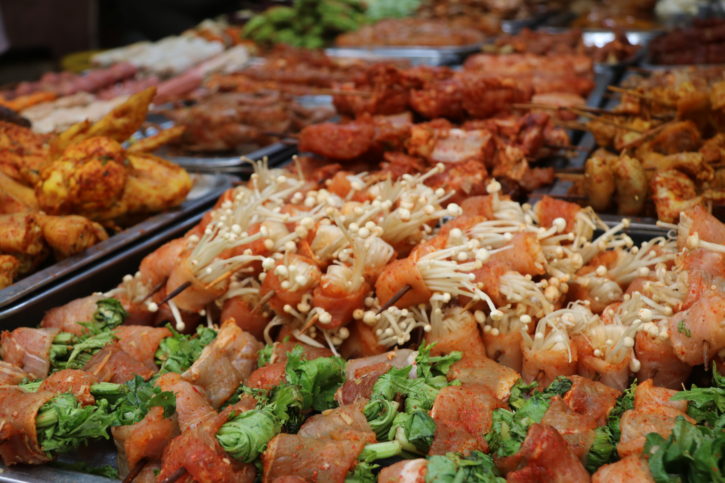
Must Eat
- Thang Co (horse meat soup)
- Com Lam (fried rice-in-bamboo-tube)
- Thit Trau Gac Bep (dried buffalo meat)
- Ga Den (black chicken)
- Tao Meo Wine of Sapa
Know the weather
Weather in the mountains change rapidly. Sapa’s dry season lasts from the months of January to June. Temperature drops to freezing in January and February and it gets very foggy. The best time to visit is between March and May. June to August is rather warm with frequent rains.

